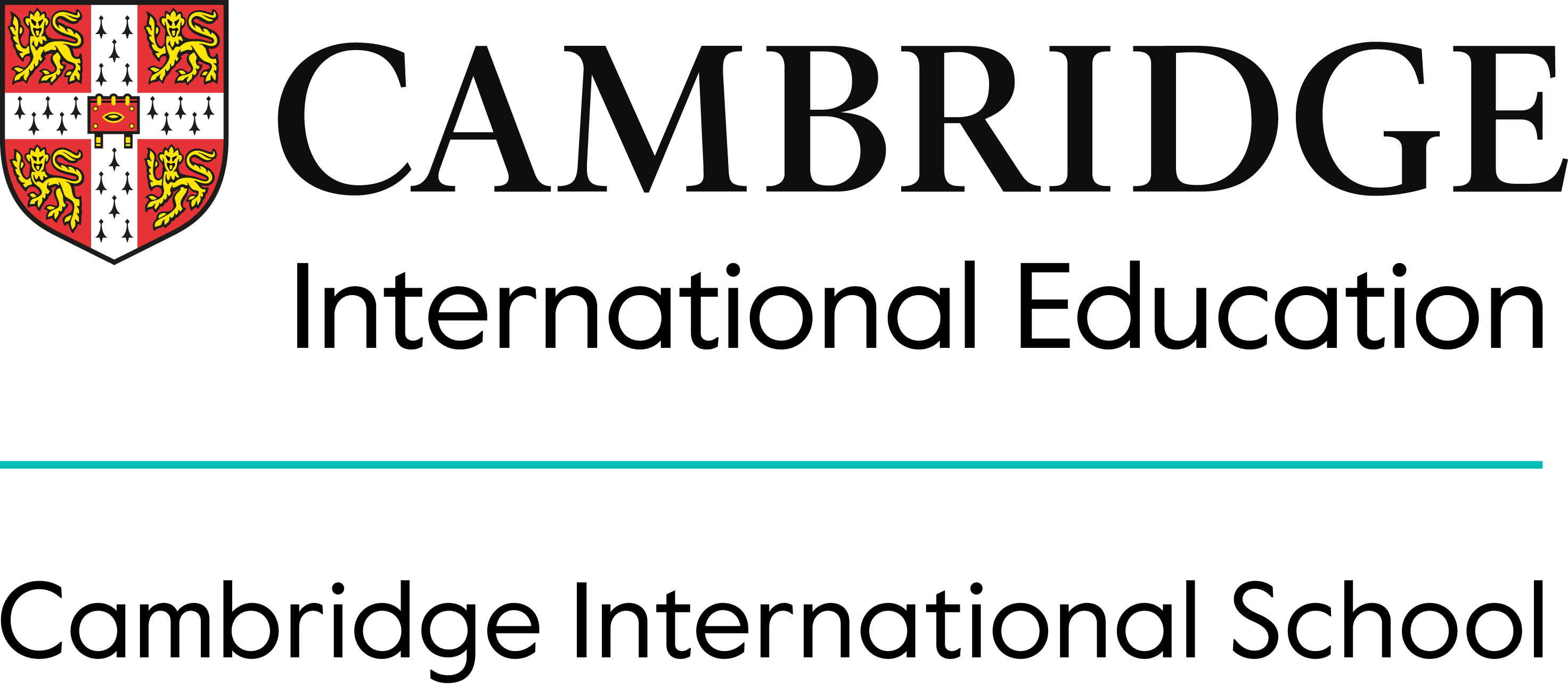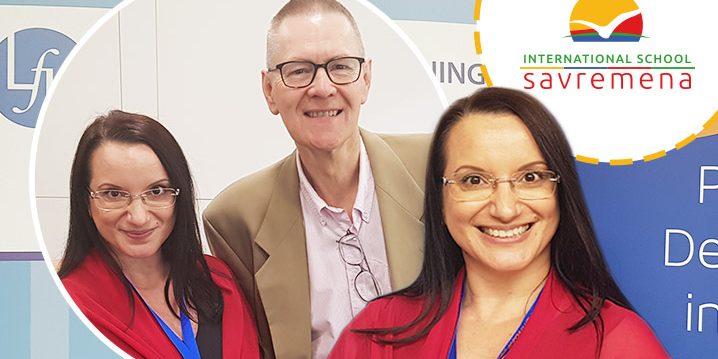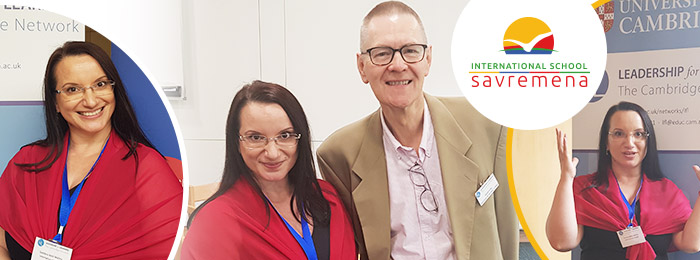The Leadership for Professional Learning Symposium held on 17-18 June in Cambridge, UK, was designed to connect educational leaders worldwide for a collaborative dialogue focused on leading and enabling sustainable professional learning cultures. Participants were able to share innovations, research and lessons from their experience, and were able to seek support and solutions to challenges facing the field.
The two-day symposium was structured around five focused strands to allow educators, school and system leaders, academics and political thought leaders an enriched experience that was supposed to inform their work:
- Focusing on, and conditions for, professional learning
- Dialogue, professional learning and leadership
- Shared leadership and mutual accountability for professional learning
- Student learning and leadership
- Leadership within a virtual learning space
Common challenges and shared solutions
This was an opportunity to share innovations, research and dilemmas, and to contribute to a range of professional and academic outputs, through collaborative and supportive dialogue.
Taking the view that leadership is an activity that can be exercised by anyone, regardless of status, the symposium was supposed to convene a diverse, international group of educational leaders, and we are proud to say that the Principal of International School Savremena, Svetlana Belić Malinić, was one of them. “Being part of the intellectual elite sets a moral purpose to contribute to the changes in international education with a view to creating a better tomorrow. I am delighted to have had the privilege to share my ideas with the educational leaders from all around the world in a thought-provoking interaction”, Svetlana commented after the symposium.
Outcomes
Participants shared their experiences, identified common challenges and sought creative solutions. They were expected to host a dialogue, bring an artifact, document, or other material to contribute to that dialogue, and also to participate in other dialogues.
The symposium ended with a plenary session, drawing together insights and other outcomes of the earlier small group work. The practices and perspectives were exchanged and all the new ideas emerged from the dialogue around participants’ contributions.





